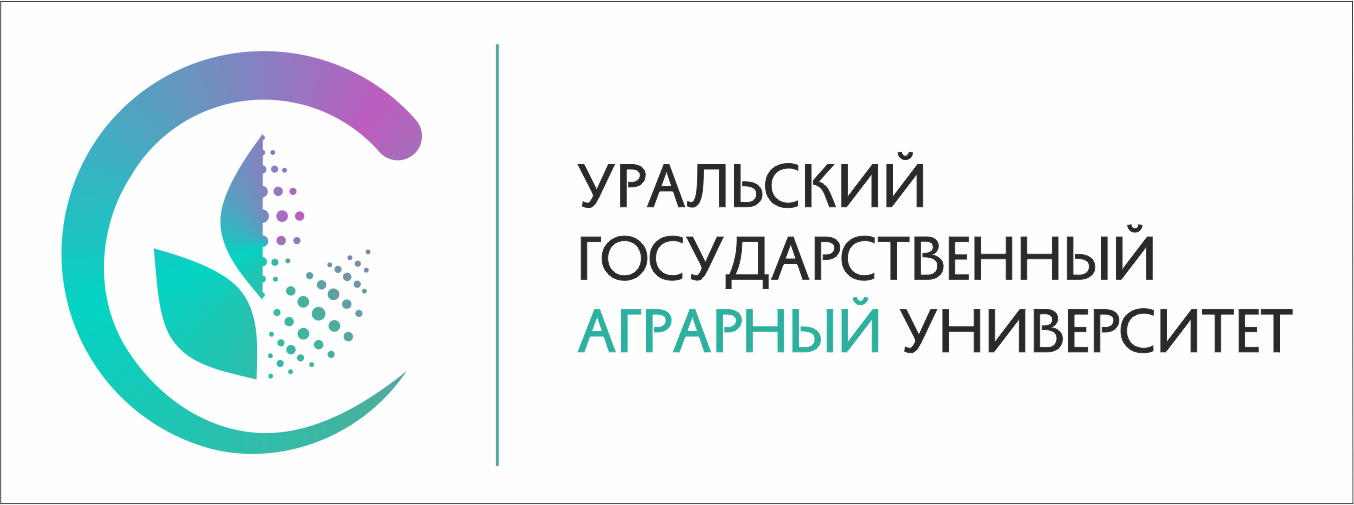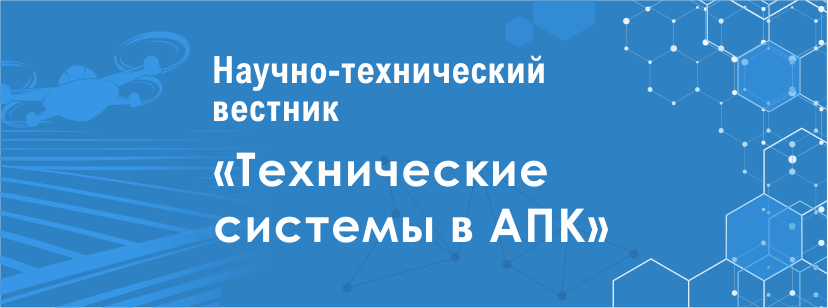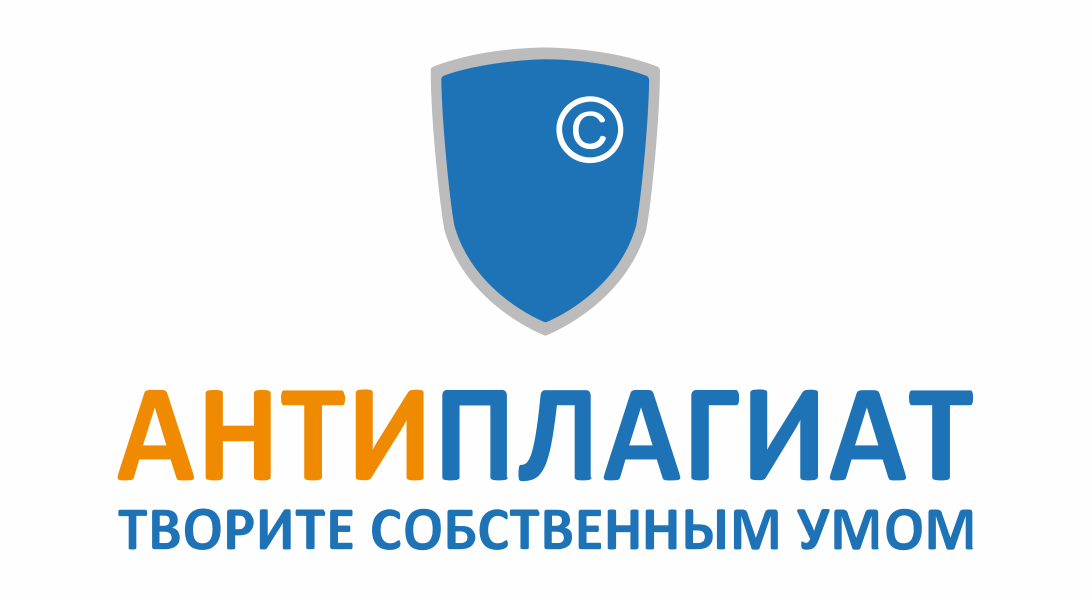Authors:
O. Yu. Vasilyeva1*, S. Kh. Vyshegurov
Central Siberian Botanical Garden of Siberian Branch of Russian Academy of Sciences, Novosibirsk, Russia
Novosibirsk State Agrarian University, Novosibirsk, Russia
*E-mail: This email address is being protected from spambots. You need JavaScript enabled to view it.
Abstract. This study shows the improvement of classical methods of studying the growth and development of ornamental plants through the use of modern digital technologies. The purpose of the work is to show students in the direction of 35.03.10 “Landscape architecture” (Decorative plant growing profile) the biological features and decorative qualities of introduced plants in the conditions of the continental climate of the forest-steppe of Western Siberia and to create a digital phenological library. Methods. The construction of the phenospectrum was based on the works of T. I. Fomina and I. N. Beideman. For the design of complete phenospectrum of beautifully flowering plants, it was noted: regrowth, vegetation, budding, flowering, fruit tying, fruit ripening, the end of vegetation. In the abbreviated versions for the digital phenological library, only the periods of vegetation and decorative were noted, the flowering phase was filled with a color corresponding to the color of the variety or species. Calculations for plotting hydrothermal conditions were carried out by standard methods using statistical packages of the Microsoft Excel 2003 program. Results. Examples of single-band phenospectrum characterizing various phenorhythmotypes are given. The advantage of two-band phenospectrum compiled according to the Method of phenological observations for botanical gardens is shown when characterizing plants that create a flowering and decorative- deciduous effect. According to this Method, the phenology of vegetative aboveground shoots includes the phases: B1 – the beginning of spring regrowth; B2 – the unfolding of leaves, B3 – the end of shoot growth, L1 – the begin- ning of leaf death, L2 – complete leaf death. Additional phenophases are proposed for a more complete description of the spring and summer decorative-deciduous effect. Additional phenophases are proposed for a more complete description of the spring and summer decorative-deciduous effect. For example, Vant or Vlim is a period when young leaves have a bright anthocyanin or lemon color. Additionally, the period of regrowth of summer leaf generation is shown. In the course of training, on the basis of the compiled templates, the method of combining phenospectrum with diagrams of hydrothermal conditions of growing seasons, including abnormally arid and abnormally humid, is also mastered. Scientific novelty. The possibilities of a digital phenological library are shown, which allow to quickly and reliably simulate the flowering and decorative-deciduous aspects of flower expositions and landscape groups based on complete and abbreviated phenomenon spectra. The materials of the digital phenological library complement the visualization of landscaping projects.
Keywords: digital phenological library, phenorhythmotype, forest steppe of Western Siberia, ornamental plant growing, landscape architecture, hydrothermal conditions, Astilbe, Phlox paniculata, Crocus, Scilla sibirica, paeonia, Solidago x hybrida, Dendranthema.
For citation: Vasilyeva O. Yu., Vyshegurov S. Kh. Ispol’zovanie tsifrovoy fenoteki travyanistykh rasteniy v dekorativnom rastenievodstve [The use of a digital phenological library of herbaceous plants in ornamental plant growing] // Agrarian Bulletin of the Urals. 2022. No. 04 (2022). Pp. 37–47. DOI: 10.32417/1997-4868-2022-219- 04-37-47. (In Russian.)
Download the full text of the article












